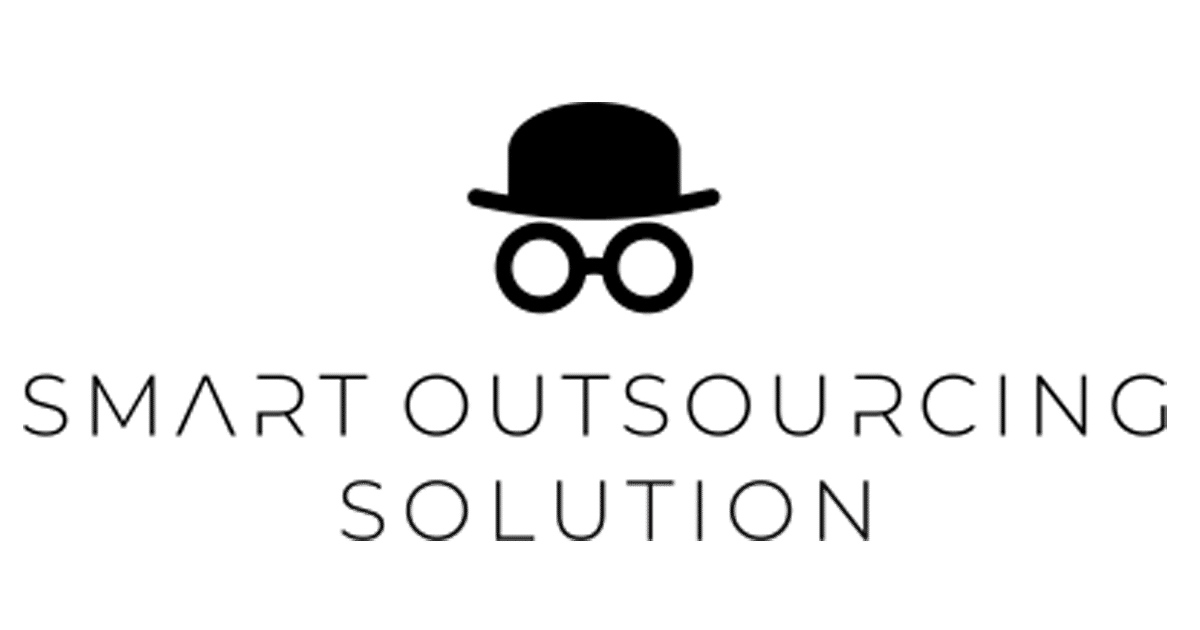PEO Support Philippines: The Operations Playbook (2025 Guide)
Author: Martin English, Founder – Smart Outsourcing Solution (SOS)
Date Published: 6 October 2025
Date Updated: 7 October 2025
TL;DR — Answer First
This page is an operations playbook for teams that already have a registered Philippine entity and want to centralize HR, payroll, benefits, and compliance with a PEO without changing their legal-employer status. You’ll find RACI roles, runbooks, checklists, SLA/KPI baselines, and risk controls so Finance, HR, and Leadership can run a predictable monthly cycle.
Orientation (one price mention only): SOS publishes a PEO base of $99 per employee/month. If you don’t have a Philippine entity, that’s an EOR scenario (covered on a separate page).
What PEO Support Covers (RACI Snapshot)
Goal: reduce admin load while keeping your entity compliant and audit-ready.
| Workstream | Your Entity | PEO Partner | Notes |
|---|---|---|---|
| Payroll calculations & calendars | C (Approve) | R (Run) | Includes cut-offs, disbursement files |
| Statutory remittances (SSS, PhilHealth, Pag-IBIG, BIR) | A (Accountable) | R (File/Prepare) | Evidence delivered post-run |
| Benefits administration (HMO, eligibility, exits) | C | R | Enrollment and exits documented |
| HR artifacts (offers, contracts, onboarding/offboarding) | A | R/C | Templates + e-sign flows |
| Change-control (prorations, allowances, retro pay) | A | R | Logged with approvals |
| Bank file handling (major PH formats) | A | R | Test files pre-go-live |
| Evidence pack (receipts, approvals, variance logs) | C | R | Delivered every pay period |
A = Accountable, R = Responsible, C = Consulted.
Implementation Timeline — From Contract to First Payroll
Day 0: Kickoff, data templates issued (employees, compensation, benefits), calendar draft
Day 1: Data validation, bank file mapping, contract templates aligned
Day 2: Dry run (variance review), remediation, approval & go-live
With clean data and documents, a ~48-hour launch is realistic.
The Monthly Runbook (Repeatable Cycle)
-
Pre-cutoff prep (T-5 to T-3): changes logged (salary, benefits, allowances); pending approvals surfaced.
-
Cutoff & calculation (T-2): gross-to-net; variance vs last cycle; draft reports shared.
-
Entity approval (T-2 to T-1): sign-off by Finance/HR; disbursement file finalized.
-
Pay day (T0): bank file submitted; employee payslips issued.
-
Post-pay evidence (T+1 to T+3): receipts for SSS/PhilHealth/Pag-IBIG/BIR, approvals, variance logs, reconciliation sheet.
-
Continuous improvement (T+4): close out tickets; update standing instructions.
Evidence & Audit Pack — What Finance Receives
-
Approvals trail (who approved what, when)
-
Variance log (what moved and why, with employee-level detail)
-
Disbursement proof (bank confirmations)
-
Statutory receipts (remittance confirmations and schedules)
-
Binder index (table of contents so auditors can trace quickly)
Employee Lifecycle — Standardized Actions
-
Onboarding: contract issuance → e-sign → payroll/benefits enrollment → welcome kit
-
Comp changes: request form → SLA clock → calculation rules → approval → effective date
-
Leaves & allowances: policy mapping → earned/accrued calculations → audit note
-
Offboarding: final pay (13th-month proration, leave conversion if applicable) → clearances → certificate issuance
Risk Controls You Should Expect
-
Dual approval for all payroll-impacting changes
-
Cutoff discipline with published calendars
-
Four-eyes review on statutory filings & receipts
-
Access controls for PII (least-privilege, audit log)
-
Exception register for retro pay and ad-hoc allowances
SLA & KPI Baselines (Set These Upfront)
| Metric | Baseline Target | Rationale |
|---|---|---|
| Calendar adherence | 100% on-time cutoffs & pay dates | Predictability for employees & Finance |
| Payroll accuracy | ≥ 99.5% first-pass | Reduces rework and trust issues |
| Evidence pack delivery | ≤ 3 business days post-pay | Supports reconciliations & audits |
| Change-control turnaround | ≤ 2 business days | Keeps cycles moving during scale-up |
| Ticket response time | ≤ 4 business hours | Faster issue triage |
Tools & Integrations
-
Exports by default: CSV/Excel payroll registers, GL files, statutory summaries
-
Connectors (optional): HRIS/ATS/ERP handshakes for master data and journals
-
Banking: native support for major PH formats; test files before first live run
When PEO Support Isn’t the Right Fit
-
No local entity yet? You need EOR, not PEO.
-
Highly bespoke policies that change monthly? Consider a scoped project first.
-
Heavy analytics & BI needs? Plan an integration phase rather than manual workarounds.
Comparison (Ops-Focused, Not Pricing)
| Scenario | PEO Support (co-employment) | HR Outsourcing (tasks only) | Staff Leasing (agency) |
|---|---|---|---|
| Legal employer | Your entity | Your entity | Agency or your entity |
| Compliance workflows | Managed with evidence | Limited to assigned tasks | Not primary focus |
| Benefits admin | Standardized | Varies by vendor | Often outside scope |
| Audit readiness | Period binders | Ad hoc documents | Minimal documentation |
| Best for | Teams with entity needing repeatable execution | Narrow, task-based help | Headcount supply only |
FAQs — PEO Support (Operations, 2025)
Q1: What does “evidence-first” actually mean in practice?
It means every cycle ends with a binder: approvals, receipts for SSS/PhilHealth/Pag-IBIG/BIR, and a variance log that explains any change. Finance can reconcile without chasing screenshots.
Q2: How do we prevent last-minute surprises at cutoff?
Publish calendars, enforce ticket SLAs, and require approvals on any payroll-impacting change. A daily exception report in the week before cutoff keeps work visible.
Q3: Can we maintain our existing policies (leave, allowances, overtime)?
Yes—map your policies to calculation rules during onboarding. The PEO will encode them into the runbook and surface exceptions for approval.
Q4: What does a strong offboarding process include?
A dated checklist (clearances, final pay, certificate issuance), computed prorations, and a signed variance note. This reduces disputes and audit findings.
Q5: How do we scale from 10 to 100+ employees without breaking the cycle?
Keep changes standardized, automate exports to Finance, and review KPIs monthly. Add integrations once volumes justify them; don’t introduce bespoke steps mid-cycle.
Cross-Navigation
-
Definition: What is a PEO in the Philippines?
-
Decision: PEO vs EOR in the Philippines
-
Pricing/TCO: PEO Cost Philippines: 2025 Pricing Benchmark & TCO Guide
-
Provider Selection: PEO Providers in the Philippines: How to Choose the Right Partner
Why SOS (Ops-Relevant)
-
Evidence-first delivery (period binders every cycle)
-
Calendar discipline & SLAs aligned to Finance needs
-
48-hour go-live possible with clean data and documents
Get started. Book a 30-minute pricing consult with SOS — we’ll review your calendars, share a redacted evidence pack, and map a 48-hour launch path.
Credible Sources (Official)
-
DOLE – Department of Labor and Employment: https://www.dole.gov.ph/
-
BIR – Withholding Tax: https://www.bir.gov.ph/index.php/tax-information/withholding-tax.html
-
PhilHealth: https://www.philhealth.gov.ph/
-
Pag-IBIG: https://www.pagibigfund.gov.ph/
-
NAPEO (global PEO context): https://www.napeo.org/
-
SHRM (global HR): https://www.shrm.org/



